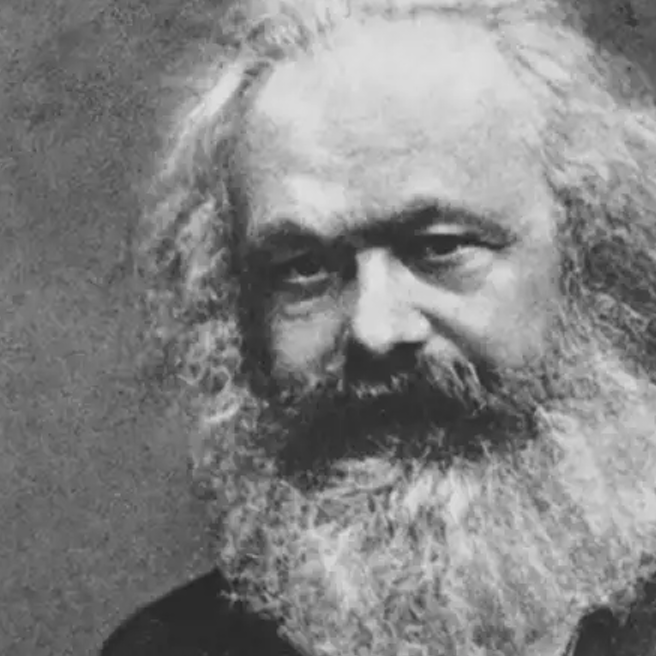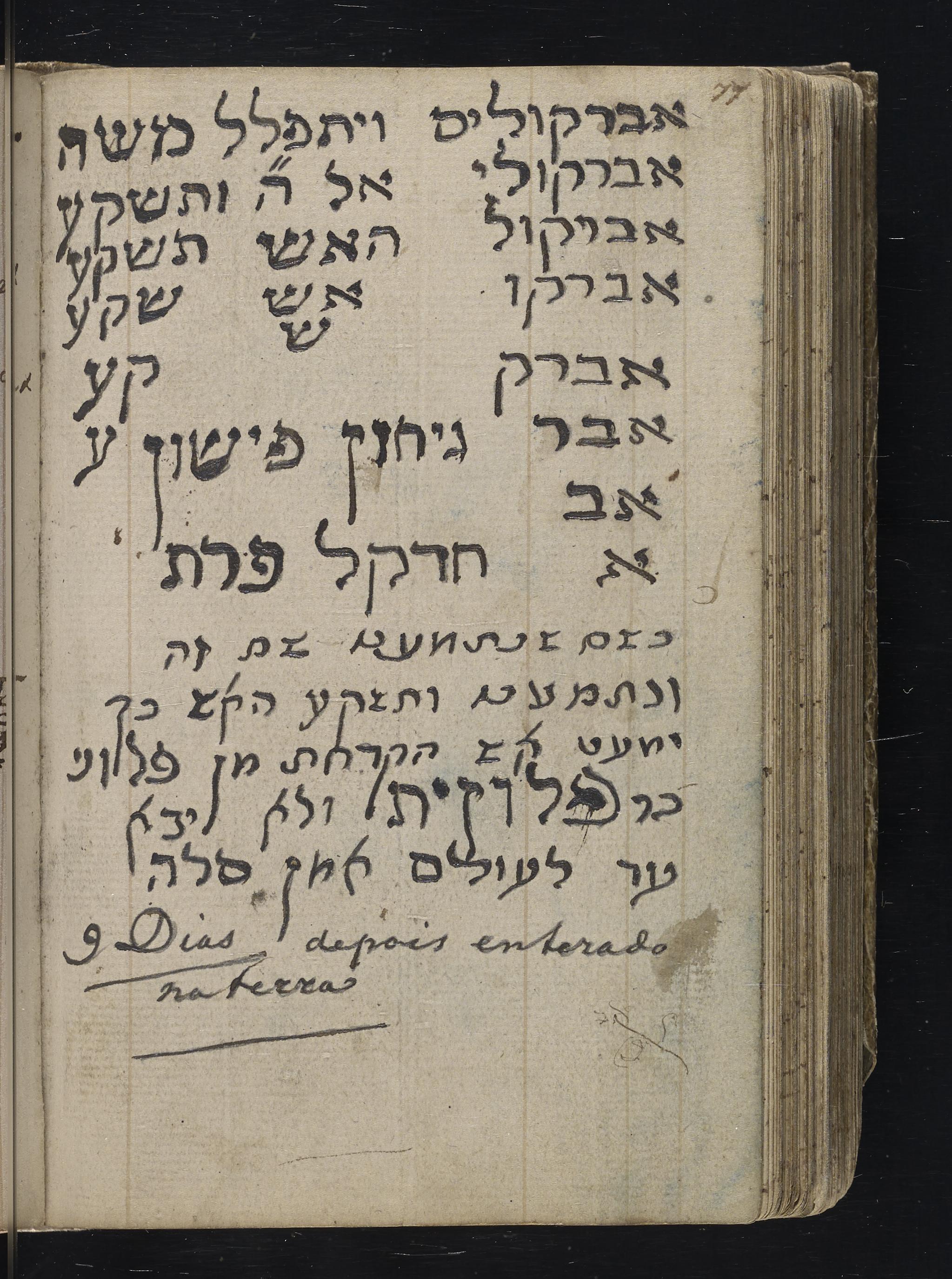Jewish Latin American Studies: A Conversation
JQR 111.4 features a forum focused on exciting new work being done in Latin American Jewish studies—a thrilling exploration of an untapped field in American and global Jewish studies. Ilan Stavans and Ranaan Rein convened the contributors to that forum for a virtual round table to discuss the field.
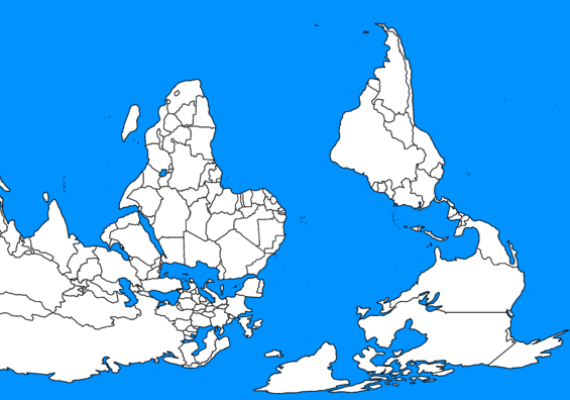
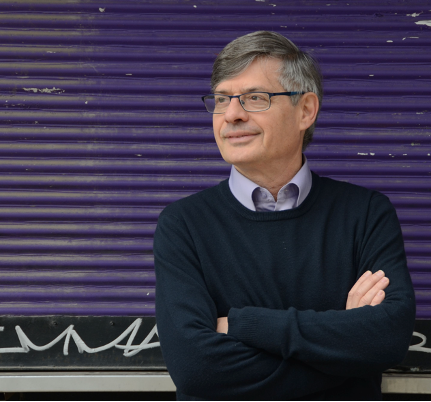 Raanan Rein: Rather than being a scholarly field in itself, Jewish Latin American studies should be viewed as a subfield of both Latin American studies and Jewish studies. For many years Jewish Latin American studies fell outside of the main parameters of the two abovementioned fields. When Latin Americanists dealt with ethnicity, they focused on indigenous populations or people of African descent. Scholars of Jewish studies on their part have focused on European, North American, and to some extent Middle Eastern Jewries. Jewish experiences in Latin America were not considered integral to the study of Jewish history. Things have begun to change, however, and by now Jewish Latin American studies are not marginal or simply exotic. Recent approaches in Jewish Latin American studies have adopted a comparative perspective that either goes beyond the specific ethnic community of Jews within a national (that is Argentine, Brazilian, or Mexican, for example) setting, or compare Jewish experiences in Latin America to Jewish experiences in other regions, first and foremost North America. These approaches encourage research on less “traditional” topics—such as the organized Jewish communities and their institutions or antisemitism—and focus their attention on topics like social integration, daily lives, gender issues or popular culture. Thus they insert into the discussion less-heard voices, not just—to say it provocatively—Ashkenazi straight male Zionists affiliated with community institutions. Also, by paying attention to Jewish Latin Americans who have relocated to Israel, scholars challenge traditional notions as to the homeland, and emphasize the coexistence of multiple homelands.
Raanan Rein: Rather than being a scholarly field in itself, Jewish Latin American studies should be viewed as a subfield of both Latin American studies and Jewish studies. For many years Jewish Latin American studies fell outside of the main parameters of the two abovementioned fields. When Latin Americanists dealt with ethnicity, they focused on indigenous populations or people of African descent. Scholars of Jewish studies on their part have focused on European, North American, and to some extent Middle Eastern Jewries. Jewish experiences in Latin America were not considered integral to the study of Jewish history. Things have begun to change, however, and by now Jewish Latin American studies are not marginal or simply exotic. Recent approaches in Jewish Latin American studies have adopted a comparative perspective that either goes beyond the specific ethnic community of Jews within a national (that is Argentine, Brazilian, or Mexican, for example) setting, or compare Jewish experiences in Latin America to Jewish experiences in other regions, first and foremost North America. These approaches encourage research on less “traditional” topics—such as the organized Jewish communities and their institutions or antisemitism—and focus their attention on topics like social integration, daily lives, gender issues or popular culture. Thus they insert into the discussion less-heard voices, not just—to say it provocatively—Ashkenazi straight male Zionists affiliated with community institutions. Also, by paying attention to Jewish Latin Americans who have relocated to Israel, scholars challenge traditional notions as to the homeland, and emphasize the coexistence of multiple homelands.
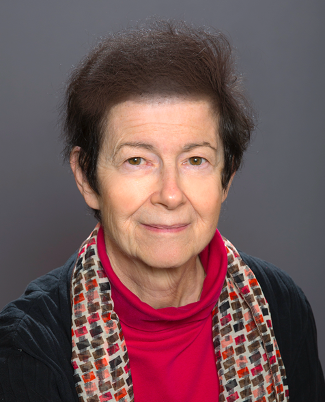 Sandra McGee Deutsch: The field of Jewish Latin American studies is in dialogue with Latin American studies and Jewish studies. It is fairly well integrated into Latin American studies but not as well into Jewish studies, although this may be changing. First I will address Latin American studies. Spurred by the creation of the Latin American Jewish Studies Association in 1982, scholarship on Jews in this region increasingly grounded itself in the broader context. No longer treating Jewish communities as isolated or parochial, studies have won a wider readership. Relevant panels at the Latin American Studies Association, particularly in literature and human rights, have been well attended. Regarding Jewish studies, the picture is more complicated. In the last few decades U.S. specialists have shown more interest in Jewish Latin Americans than in the past. Publications such as Margalit Bejarano and Edna Aizenberg, ed., Contemporary Sephardic Identity in the Americas (2012) have brought the areas together. Tulane University (2000), University of Texas at Austin (2015), University of Florida (2019), and Cornell University (2020) sponsored conferences that did the same. They highlighted networks among Jews in the hemisphere, such as those between the Caribbean and U.S. colonies, and shared experiences like those of Yiddish-speaking leftists. This Jewish Quarterly Review forum demonstrates that Jewish Latin Americanists connect with themes common to research on Jews elsewhere: music, literature, women and gender, conversos, Sephardim and Ashkenazim, political involvement, antisemitism, antifascism, transnationalism, shifting identities. For comparative perspectives on these matters, we read works in Jewish studies. Despite recent changes, one still wonders if many Jewish studies specialists read ours.
Sandra McGee Deutsch: The field of Jewish Latin American studies is in dialogue with Latin American studies and Jewish studies. It is fairly well integrated into Latin American studies but not as well into Jewish studies, although this may be changing. First I will address Latin American studies. Spurred by the creation of the Latin American Jewish Studies Association in 1982, scholarship on Jews in this region increasingly grounded itself in the broader context. No longer treating Jewish communities as isolated or parochial, studies have won a wider readership. Relevant panels at the Latin American Studies Association, particularly in literature and human rights, have been well attended. Regarding Jewish studies, the picture is more complicated. In the last few decades U.S. specialists have shown more interest in Jewish Latin Americans than in the past. Publications such as Margalit Bejarano and Edna Aizenberg, ed., Contemporary Sephardic Identity in the Americas (2012) have brought the areas together. Tulane University (2000), University of Texas at Austin (2015), University of Florida (2019), and Cornell University (2020) sponsored conferences that did the same. They highlighted networks among Jews in the hemisphere, such as those between the Caribbean and U.S. colonies, and shared experiences like those of Yiddish-speaking leftists. This Jewish Quarterly Review forum demonstrates that Jewish Latin Americanists connect with themes common to research on Jews elsewhere: music, literature, women and gender, conversos, Sephardim and Ashkenazim, political involvement, antisemitism, antifascism, transnationalism, shifting identities. For comparative perspectives on these matters, we read works in Jewish studies. Despite recent changes, one still wonders if many Jewish studies specialists read ours.
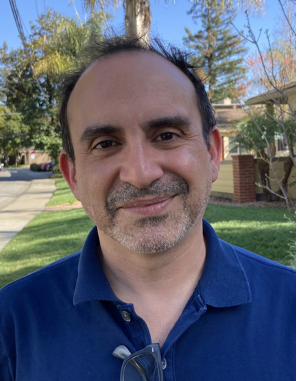 Pablo Palomino: I entered this field searching for musical practices in Latin America that could illuminate musical globalization in the twentieth century. I already “knew” that Jewish artists must have been protagonists in this history. I chose to work with documents in Buenos Aires’s IWO archive for logistical and personal reasons but found out over time that I could have retrieved comparable musical journeys in sources from, say, Peru, Brazil, or Cuba. As I conducted my research, I discovered the superb work of colleagues like Adriana Brodsky and Raanan Rein, also Alejandro Dujovne, Jeffrey Lesser, Malena Chinski, Bea Gurvitz, Susana Skura, José Judcovski, and others. They made me see that some of the questions this field poses to Jewish actors in specific times and places—how we approach cultures and languages in movement, where “others” participate in creating a modern “us”?—are quintessentially “Latin American” questions as well. In other words, questions such as who these Jewish Latin Americans are, and how they relate to the histories, languages, and politics that shaped them (and that they shape in return), can also be addressed to the entire Latin American experience. I came to see Jews in Latin America simply as Latin Americans that carry a peculiar baggage—as peculiar as that of any other ethnic category. And from this forum, I learned how global issues like the social history of women’s politics, communism, migration and citizenship, linguistic policies, or the Second World War, as well as perennial debates such as the nature of Peronism, can be renewed by looking at them from the perspective of these peculiar journeys.
Pablo Palomino: I entered this field searching for musical practices in Latin America that could illuminate musical globalization in the twentieth century. I already “knew” that Jewish artists must have been protagonists in this history. I chose to work with documents in Buenos Aires’s IWO archive for logistical and personal reasons but found out over time that I could have retrieved comparable musical journeys in sources from, say, Peru, Brazil, or Cuba. As I conducted my research, I discovered the superb work of colleagues like Adriana Brodsky and Raanan Rein, also Alejandro Dujovne, Jeffrey Lesser, Malena Chinski, Bea Gurvitz, Susana Skura, José Judcovski, and others. They made me see that some of the questions this field poses to Jewish actors in specific times and places—how we approach cultures and languages in movement, where “others” participate in creating a modern “us”?—are quintessentially “Latin American” questions as well. In other words, questions such as who these Jewish Latin Americans are, and how they relate to the histories, languages, and politics that shaped them (and that they shape in return), can also be addressed to the entire Latin American experience. I came to see Jews in Latin America simply as Latin Americans that carry a peculiar baggage—as peculiar as that of any other ethnic category. And from this forum, I learned how global issues like the social history of women’s politics, communism, migration and citizenship, linguistic policies, or the Second World War, as well as perennial debates such as the nature of Peronism, can be renewed by looking at them from the perspective of these peculiar journeys.
 Adriana M. Brodsky: I became a scholar of Jewish Latin American studies because I wanted to understand why my grandparents had expressed “discomfort” at my parents’ choice in marriage partners (my dad belonged to an Ashkenazi family; my mom to a Sephardi family), while I navigated my (limited and secular) Jewish life without any sense of difference from other friends. And while in the process of reconstructing Sephardi life in Argentina (as Ashkenazi life had already been the focus of most studies), I kept pushing (at the insistence of my teachers and mentors) to think about the relevance of the answer to that very personal initial question: what the (perceived) difference said about the process of construction of ethnic and national identities. And it was those I interviewed for that initial project who showed me ways of thinking about the intersection of the local and the transnational for my current project. The young men and women of the 1940, 1950s and 1960s, who are the main actors in my second manuscript, illustrated through the stories they recalled, how embedded in both worlds (the Jewish and the Argentine-regional) they were; or in the words of Pablo Palomino, how their “peculiar baggage,” in conversation with the political, social and cultural context in which they lived, shaped their choices and actions. I moved from uncovering the network of institutions and Jewish Sephardi spaces in which Sephardim of different origins made sense of their difference and found commonalities around which to come together, to studying their children become involved in the Jewish local world while living their lives as part of Argentine institutions, and exploring what the creation of the state of Israel meant to them.
Adriana M. Brodsky: I became a scholar of Jewish Latin American studies because I wanted to understand why my grandparents had expressed “discomfort” at my parents’ choice in marriage partners (my dad belonged to an Ashkenazi family; my mom to a Sephardi family), while I navigated my (limited and secular) Jewish life without any sense of difference from other friends. And while in the process of reconstructing Sephardi life in Argentina (as Ashkenazi life had already been the focus of most studies), I kept pushing (at the insistence of my teachers and mentors) to think about the relevance of the answer to that very personal initial question: what the (perceived) difference said about the process of construction of ethnic and national identities. And it was those I interviewed for that initial project who showed me ways of thinking about the intersection of the local and the transnational for my current project. The young men and women of the 1940, 1950s and 1960s, who are the main actors in my second manuscript, illustrated through the stories they recalled, how embedded in both worlds (the Jewish and the Argentine-regional) they were; or in the words of Pablo Palomino, how their “peculiar baggage,” in conversation with the political, social and cultural context in which they lived, shaped their choices and actions. I moved from uncovering the network of institutions and Jewish Sephardi spaces in which Sephardim of different origins made sense of their difference and found commonalities around which to come together, to studying their children become involved in the Jewish local world while living their lives as part of Argentine institutions, and exploring what the creation of the state of Israel meant to them.
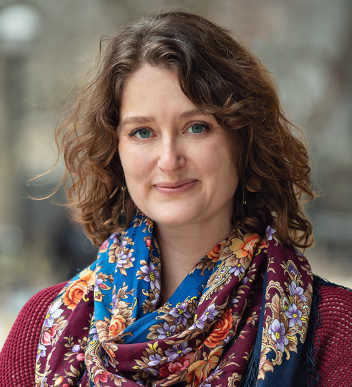 Devi Mays: I don’t think of myself primarily as a scholar of Jewish Latin American studies, but rather of Modern Sephardi History. Simultaneously, Jewish Latin American studies—and Jewish Latin America—have been and remains central to my work. I originally came to this field as a graduate student researching Ladino-speaking Sephardi Jews bracketing the collapse of the Ottoman Empire and the rise of nationalizing states in its wake, which became my first book, Forging Ties, Forging Passports: Migration and the Modern Sephardi Diaspora (2020). Migration was an integral response to these cultural and political changes, and Latin America was an integral part of the transnational networks of patronage, commerce, knowledge, and kinship that they forged and maintained. And centering Jewish Latin America yielded insights that were, to me, unexpected. Jewish Latin America as a lens into Modern Jewish History destabilizes Jewish hierarchies along subethnic lines, emphasizes the diversity of the racialization of Jews throughout the Americas based on national understandings of race, highlights divergent possibilities of belonging for Jews of different backgrounds, and provokes broader questions of the meaning of Jewish belonging itself and the manifold forms it can take. Jewish Latin America is no less significant in my current and future research agenda. Jewish studies as a field values the importance of American Jewish studies. As Jewish Latin American studies shows, American Jewish studies is not solely estadounidense, but americano in the broad (and Latin American) sense of the word.
Devi Mays: I don’t think of myself primarily as a scholar of Jewish Latin American studies, but rather of Modern Sephardi History. Simultaneously, Jewish Latin American studies—and Jewish Latin America—have been and remains central to my work. I originally came to this field as a graduate student researching Ladino-speaking Sephardi Jews bracketing the collapse of the Ottoman Empire and the rise of nationalizing states in its wake, which became my first book, Forging Ties, Forging Passports: Migration and the Modern Sephardi Diaspora (2020). Migration was an integral response to these cultural and political changes, and Latin America was an integral part of the transnational networks of patronage, commerce, knowledge, and kinship that they forged and maintained. And centering Jewish Latin America yielded insights that were, to me, unexpected. Jewish Latin America as a lens into Modern Jewish History destabilizes Jewish hierarchies along subethnic lines, emphasizes the diversity of the racialization of Jews throughout the Americas based on national understandings of race, highlights divergent possibilities of belonging for Jews of different backgrounds, and provokes broader questions of the meaning of Jewish belonging itself and the manifold forms it can take. Jewish Latin America is no less significant in my current and future research agenda. Jewish studies as a field values the importance of American Jewish studies. As Jewish Latin American studies shows, American Jewish studies is not solely estadounidense, but americano in the broad (and Latin American) sense of the word.
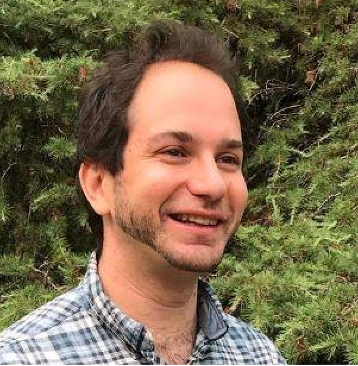 Michael Rom: The changes in my career parallel those of the field of Latin American Jewish studies as a whole, which has shifted its focus in recent years from the colonial period to the modern era. I began my graduate studies with a general research interest in the Western Sephardic diaspora in the Americas, and with a specific desire to explore Jewish-indigenous relations in Dutch Brazil. On an early research trip to Brazil, however, I came across a memoir by a Brazilian Jewish activist named Alfredo Syrkis, which described his participation in the armed struggle that attempted to overthrow the Brazilian military dictatorship (1964–1985). Noticing that many of the names of his closest comrades were clearly of Jewish origin, I decided to learn more about the involvement of Jewish activists in the antidictatorship underground. By a fortuitous coincidence, the military dictatorship was the theme of an advanced Portuguese class that I took the following year, and as we watched films and listened to music made during and about this gripping era, my interest in the subject deepened. I soon realized, however, that to truly understand Jewish political activism during the military era, I would also have to examine Jewish history in Brazil during the postwar democracy that preceded it (1945–1964), which had yet to be the subject of serious scholarship. Broadening the scope of my research, I decided to focus on Brazilian Jewish politics during the global Cold War, and I am now at work on a book manuscript on this subject.
Michael Rom: The changes in my career parallel those of the field of Latin American Jewish studies as a whole, which has shifted its focus in recent years from the colonial period to the modern era. I began my graduate studies with a general research interest in the Western Sephardic diaspora in the Americas, and with a specific desire to explore Jewish-indigenous relations in Dutch Brazil. On an early research trip to Brazil, however, I came across a memoir by a Brazilian Jewish activist named Alfredo Syrkis, which described his participation in the armed struggle that attempted to overthrow the Brazilian military dictatorship (1964–1985). Noticing that many of the names of his closest comrades were clearly of Jewish origin, I decided to learn more about the involvement of Jewish activists in the antidictatorship underground. By a fortuitous coincidence, the military dictatorship was the theme of an advanced Portuguese class that I took the following year, and as we watched films and listened to music made during and about this gripping era, my interest in the subject deepened. I soon realized, however, that to truly understand Jewish political activism during the military era, I would also have to examine Jewish history in Brazil during the postwar democracy that preceded it (1945–1964), which had yet to be the subject of serious scholarship. Broadening the scope of my research, I decided to focus on Brazilian Jewish politics during the global Cold War, and I am now at work on a book manuscript on this subject.
 Ilan Stavans: While I’ve taught for years, I don’t belong to any academic organization; nor do I attend scholarly conferences. I’m based in a number of departments but don’t have a particular loyalty toward any of them. I’m also rather suspicious of academic disciplines, which, in my view, create de facto turfs with little connection to the real world. For instance, as I told Steven Kellman in the Los Angeles Review of Books, I’m not sure what “American studies” is other than an imagined community that pumps itself up by looking at the United States critically according to the latest theoretical current, appropriating the word “American” in ways that are exclusionary to about 450 million American people, from Manitoba, Canada to the Argentine Pampas. I confess to having become a professor by default, which might explain why I don’t really like being called one. I see myself as an observer of culture. This, in the eyes of some, makes me a generalist; or, to put it less kindly, an interloper. In any case, I write essays, fiction, poetry, translations, travel writing, theater, and for TV and radio. I was recently asked why I feel compelled to do “public” writing. My answer was that I don’t know how to write otherwise, since all writing is public writing. This comes from being Mexican, a country where intellectuals are compelled to speak out, as well as being Jewish, which to me means to interpret the world, to elucidate its meaning, as broadly as possible.
Ilan Stavans: While I’ve taught for years, I don’t belong to any academic organization; nor do I attend scholarly conferences. I’m based in a number of departments but don’t have a particular loyalty toward any of them. I’m also rather suspicious of academic disciplines, which, in my view, create de facto turfs with little connection to the real world. For instance, as I told Steven Kellman in the Los Angeles Review of Books, I’m not sure what “American studies” is other than an imagined community that pumps itself up by looking at the United States critically according to the latest theoretical current, appropriating the word “American” in ways that are exclusionary to about 450 million American people, from Manitoba, Canada to the Argentine Pampas. I confess to having become a professor by default, which might explain why I don’t really like being called one. I see myself as an observer of culture. This, in the eyes of some, makes me a generalist; or, to put it less kindly, an interloper. In any case, I write essays, fiction, poetry, translations, travel writing, theater, and for TV and radio. I was recently asked why I feel compelled to do “public” writing. My answer was that I don’t know how to write otherwise, since all writing is public writing. This comes from being Mexican, a country where intellectuals are compelled to speak out, as well as being Jewish, which to me means to interpret the world, to elucidate its meaning, as broadly as possible.
Pablo Palomino: My training at the University of Buenos Aires in the 1990s was in European, Argentine, and Latin American history (in order of importance), not in Jewish history. But I read on the side the Spanish translations of Art Spiegelman’s Maus (1991) and Pierre Vidal-Naquet’s Los judíos, la memoria y el presente (1991), which struck me and connected me intellectually and emotionally to the long Jewish history. Then Julio Nudler’s Tango judío: del ghetto a la milonga (1998) unveiled the Jewish dimension of my interest in the cultural history of music. Once in grad school, in the United States, the absence of Latin America in the global argument of Yuri Slezkine’s masterful The Jewish Century (2004) confirmed to me the need to pay attention to Jewish history as Latin American history too. More recently, I learned in Jean-Frédéric Schaub’s Pour une histoire politique de la race (2015) that the racialization of Jews in fifteenth-century Iberia explains key features of “Latin America” as a geocultural category in the long run, one of my current research projects. But none of these authors is primarily a “Jewish studies” scholar and none of these readings were part of my formal disciplinary training; yet they shaped my historical imagination precisely when I was becoming a Latin Americanist historian. Therefore, Jewish Latin American studies are to me not a canon, but a conversation on unexpected imbrications of specific Latin American histories, on the one hand, and varied strands of the Jewish diaspora, on the other. Also, a uniquely wonderful site to study cultural mediation. And last but not least, a vantage point against essentializing views of both Jewishness and Latin America.
Raanan Rein: Although I served as the copresident of the Latin American Jewish studies Association (LAJSA) for several years, I consider myself a historian of Latin America and not a Jewish historian. As an undergraduate student at Tel Aviv University, I opted for the Department of General History, not the Department of Jewish History (this lamentable division in Israeli universities, which dates back to 1935, still exists, as if there is a different methodology for studying Jews). Like many Israeli high school graduates, I was tired of lessons in Jewish history, usually limited to the long series of pogroms and other catastrophes that befell Jews in various places and that supposedly confirmed the necessity of Zionism. My doctoral dissertation focused therefore on Argentine history, unrelated to Jewish experiences in this country. In my frequent visits to Argentina, however, I was often asked about antisemitism in Argentina, the meaning of Argentine neutrality in World War II, or the entry of Nazi war criminals at the end of the war. In a way, I was pushed to conduct research on these topics as well, although I always did this as part of my research on Argentine society as a whole. In various books, I have strived to contribute to the de-essentialization of Jewish experiences in Latin America. I tried to challenge the image of Jewish communities as autonomous, separate and internally coherent entities, unfragmented and untouched by external forces, especially in my Populism and Ethnicity: Peronism and the Jews of Argentina (2020) and Fútbol, Jews, and the Making of Argentina (2015). Instead, I highlighted internal inconsistencies, tensions and conflicts.
Sandra McGee Deutsch: My career in Jewish Latin American studies has moved in different directions. Research for my M.A. thesis (“The Jews of Argentina: A Minority Group in a Splintered Society”) taught me about right-wing antisemitism in this country. Partly to understand it, I studied Argentine extreme rightist and fascist groups for my dissertation and subsequent book, Counterrevolution in Argentina, 1900–1932: The Argentine Patriotic League (1986). While the League’s roots lay in vigilante attacks on workers, leftists, and Jews during the Tragic Week of 1919, it included some Jewish members. Its antisemitism was intermittent, but this was not the case for radically antisemitic nationalism, which arose in the late 1920s and was long influential. It was useful to grasp that not all far rightists were alike in this—or other—respects. This insight guided my comparative study of extreme right-wing movements in Argentina, Brazil, and Chile, Las derechas: The Extreme Right in Argentina, Brazil, and Chile, 1890–1939 (1999). Again, I discovered that the antisemitism of one movement, the homegrown Chilean National Socialists, was strategic and episodic. After spending many years on such dark topics, I concentrated once more on Jews, often paying special attention to gender. Jewish women feature prominently in non-Jewish antifascist groups, as seen in my latest book, Crossing Borders, Claiming a Nation: A History of Argentine Jewish Women, 1880–1955 (2010) and my current book manuscript, “Gendering Antifascism: Women’s Activism in Argentina and the World, 1918–1947.” In short, my research interests have shifted but always have incorporated Jewish Latin Americans.
Ilan Stavans: I admire, and feel in debt to, the work of my colleagues in this forum. They are opening up new paths of exploration, emphasizing that being Jewish in Latin America, just like everywhere else, is a rather complicated affair. Since before my immigration to New York in the mid-eighties, I have been interested in the polysemic history of the Jews in Latin America, asking in which ways and why colonial Portuguese Jews in Brazil shaped their identity differently than the Crypto-Jews in Mexico or Peru. What kind of “promise” were the agricultural communities of Baron Maurice de Hirsch built on? How did ex-Nazis and Shoah survivors coexist in Chile after the Second World War? In the last few years, I’ve chosen to explore these themes through travel writing. When my “reports from the front” are in English, they have a particular audience in mind; when they are in Spanish, they naturally change since my audience in that language has different expectations, as do I.
Adriana M. Brodsky: I believe that, for the most part, scholars of Jewish Latin America wish to embed their work, and to show their significance, to both fields of Latin American studies and Jewish studies. The degree to which those connections are apparent responds to the training of the scholar, and to the venues of professional activity in which they are immersed in (including where they have studied and where they live). But it seems to me that even when scholars are successful in articulating the contributions of studying Jews (or lo judío) and Latin Americans, they often are relegated to the margins of those area studies. And that is through no fault of the Jewish Latin American studies scholars. Latin America has tended to be imagined, wrongly so, as the periphery of Jewish supposed “centers” (like the US and Israel); and Jews and the Jewish experience in Latin America are usually reduced to “ethnic” footnotes—never equaling the “more ethnic” groups. It appears that the field suffers from the problem of numbers: Jews in Latin America were not as numerous as in other parts and as other groups; the worth of their study “damaged” by that fact. But I do see a change, as others in the forum have noted. On the one hand, the sheer amount of new production on Jews in Latin America (not just on males, Ashkenazim, and on Jewish institutions) makes it more possible to highlight important connections across nations and fields. There seem to be more eager ears, too.
Michael Rom: While the field of Latin American Jewish studies has made impressive gains recently, it remains ensconced on the margins of both Latin American studies and Jewish studies. To a large extent, this is due to the origins and continuing raison d’être of each of these respective fields. Latin American studies emerged out of a Cold War preoccupation with area studies, which promoted scholarship on specific geographic regions to advance U.S. hegemony and curb communist expansion, and research on relatively small immigrant communities was seen as peripheral to this task. Meanwhile, Jewish studies developed out of Wissenschaft des Judentums (the Science of Judaism), a nineteenth-century German movement that cultivated the academic study of Judaism as a means to further the attainment of Jewish civic and political equality, and expanded significantly in the United States with the academic embrace of multiculturalism and ethnic studies. It has consequently focused predominantly on studying Jewish communities in Europe, the United States, and Israel.
New directions in each field, however, offer potential for greater integration. Recent scholarship on Arab and Asian communities in Argentina, Cuba, and Mexico provide promising points of comparison for the Latin American Jewish experience, and the rise of interest in transnationalism has made Jewish history an attractive topic. Within Jewish studies, there has been a resurgence of interest in previously neglected regions like the Middle East and North Africa. Scholars of the Sephardic world have begun to turn their attention to Latin America, while the growing field of Yiddish studies has started to explore the largely untapped Yiddish archival and press sources in the region. As Latin American Jewish studies continues to evolve, its future looks bright.
Devi Mays: There is much room for greater integration of Jewish Latin American studies within Latin American studies and Jewish studies. Research and scholarship coming out of Jewish Latin American studies builds from and attempts to be in conversation with both Latin American studies and Jewish studies, but it often seems as though the conversation is one-way. For integration and dialogue to exist, scholarship from both Latin American and Jewish studies needs to engage with the research of scholars of Jewish Latin American studies. Jewish Latin American studies has the potential to add nuance to, and at times recast, established narratives within both of these fields. Within Latin American studies, viewing it through a Jewish lens challenges narratives of the possibilities and mechanisms of national belonging, nuances racial and ethnic categories, and expands the parameters of whom and what constitutes Latin American culture. Many of the pieces featured in this forum, and the many other brilliant scholars not showcased here, highlight the ways in which Jewish Latin America forged active connections and were very much integrated in—through language, music, literature, commerce, and Zionism—transnational Jewish spheres even as they contended with national cultures and policies. The issue is not so much that scholars within Latin American studies and Jewish studies aren’t interested in engaging with Jewish Latin American studies when such scholarship comes to their attention, but that Latin American Jewish studies is thus far not perceived as integral to either of these broader fields and is therefore often overlooked.
Click through to read the forum on Jewish Latin America in JQR 111.4.
Editor’s Introduction
Natalie Dohrmann
Nina Sibirtzeva and Isa Kremer: Latin America in Jewish Musical Globalization
Pablo Palomino
Mauricio Fresco: Uncovering the Jewishness of a Mexican Diplomat
Devi Mays
Américo Castro’s “Problem”
Ilan Stavans
Hero and Outcast: César Tiempo and the History of Jews in Argentina
Raanan Rein
Fanny Edelman and Jewish Argentine Antifascist Women, 1930–47
Sandra McGee Deutsch
David Markus: From the Holocaust to the Cold War
Michael Rom
Bruria Elnecavé: Making Sephardim, and Women, Visible
Adriana M. Brodsky


